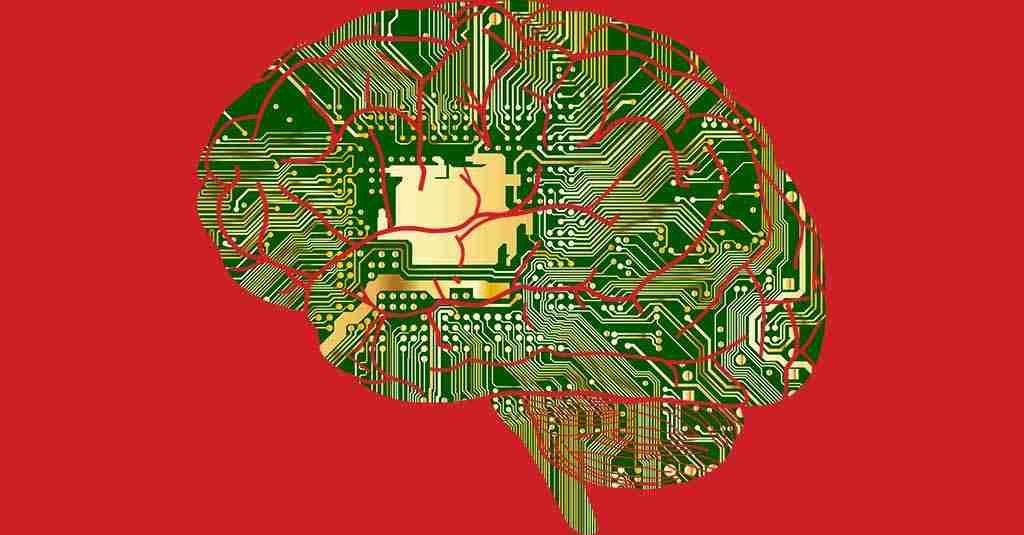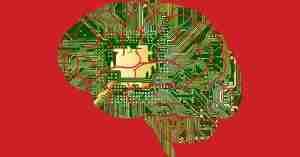I remember when multitasking was a term used for new computers that could do multiple things at once. The Commodore Amiga was the first commercially successful computer to bring this technology to market. Microsoft introduced it as a feature with Windows ’95, and finally, Apple adopted it in Mac OS X.
The word “multitasking” soon leaked into the mainstream. The myth that people could multitask was born. There wasn’t any concrete evidence to support the idea that people could multitask like computers. Regardless, everyone believed that our brains were just like computers and we could.
Debunking the Myth of Multitasking
Thanks to advancements in neuroscience and fMRI (functional magnetic resonance imaging), scientists can see what happens when people attempt to multitask. For the most part, people cannot multitask.
This doesn’t include two simple tasks like chewing gum and walking. Of course, people can do that; however, something else is happening when it comes to more complex processes. When we require the same parts of the brain for complicated tasks, we don’t have enough resources available. We aren’t multitasking. We are task-switching.
Task-Switching
We often attempt to take on multiple tasks at once. We might open a word processor, email, social media, and various web pages. We tend to cycle between all these different tasks, thinking that this is how we become more productive.
The research on this is unequivocal. When we work this way, we aren’t paying close enough attention to any one thing. Our concentration suffers. According to a study by the University of California, short-term and working memory decreases when we try to multitask. It also leads to increased anxiety, inhibits creative thinking, and causes more mistakes in the work produced. Lastly, multitasking prevents us from entering a state of flow, which is necessary for us to work at our best.
Another problem is context switching, bouncing back and forth between tasks that require different processes. The more jobs we include in this switching process, the more productivity suffers. Here’s an exercise that demonstrates the problem. Grab a piece of paper and follow the instructions:
- Draw a line on a piece of paper.
- Have someone time you as you complete the following two tasks:
- On the first line, write:
- I am a great multitasker
- On the second line, write out the numbers 1-20 sequentially, like those below:
- 1 2 3 4 5 6 7 8 9 10 11 12 13 14 15 16 17 18 19 20
This task typically takes about twenty seconds.
Now, let’s multitask.
- Draw another horizontal line.
- Again, have someone time you as you complete the next part.
- Complete the same two lines as in the first test, except do it this way:
- Write one letter on one line and then a number on the line below it.
- For example, write “I” and then the number “1” below it. Next, go to the first line and write “a” followed by “2” below it. Continue until you have completed both lines.
It won’t take long to realize that it’s much slower and easier to make mistakes. Every time you switch, it takes a moment to reset and figure out what is next. When the nature of our task changes, it takes longer for our minds to switch to the new challenge.
Conclusion
It’s obvious we need to focus on one thing at a time. This is what will help us become more productive. We can work more efficiently, with fewer mistakes, if we settle into one task. Focusing on one job at a time is how our brains work. We must stop thinking that we are computers capable of handling many different tasks simultaneously. If we can do that, we’ll find more success in our work.
Join Conrad Andrews on Facebook to get updates on the latest techniques in learning.







